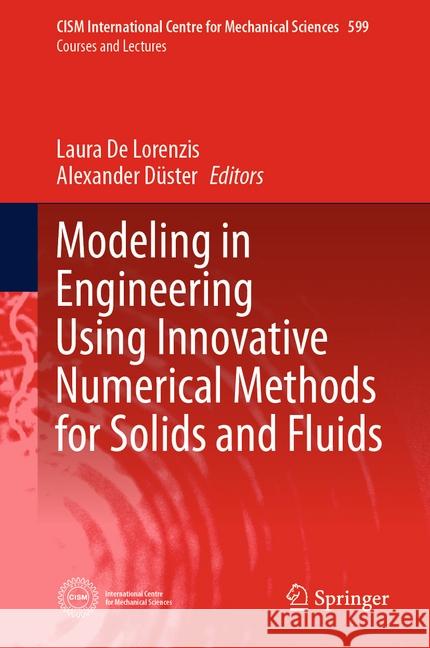Modeling in Engineering Using Innovative Numerical Methods for Solids and Fluids » książka
topmenu
Modeling in Engineering Using Innovative Numerical Methods for Solids and Fluids
ISBN-13: 9783030375171 / Angielski / Twarda / 2020 / 220 str.
Modeling in Engineering Using Innovative Numerical Methods for Solids and Fluids
ISBN-13: 9783030375171 / Angielski / Twarda / 2020 / 220 str.
cena 602,40
(netto: 573,71 VAT: 5%)
Najniższa cena z 30 dni: 578,30
(netto: 573,71 VAT: 5%)
Najniższa cena z 30 dni: 578,30
Termin realizacji zamówienia:
ok. 22 dni roboczych
Dostawa w 2026 r.
ok. 22 dni roboczych
Dostawa w 2026 r.
Darmowa dostawa!
Kategorie:
Kategorie BISAC:
Wydawca:
Springer
Seria wydawnicza:
Język:
Angielski
ISBN-13:
9783030375171
Rok wydania:
2020
Wydanie:
2020
Numer serii:
000144392
Ilość stron:
220
Waga:
0.50 kg
Wymiary:
23.39 x 15.6 x 1.42
Oprawa:
Twarda
Wolumenów:
01
Dodatkowe informacje:
Wydanie ilustrowane











